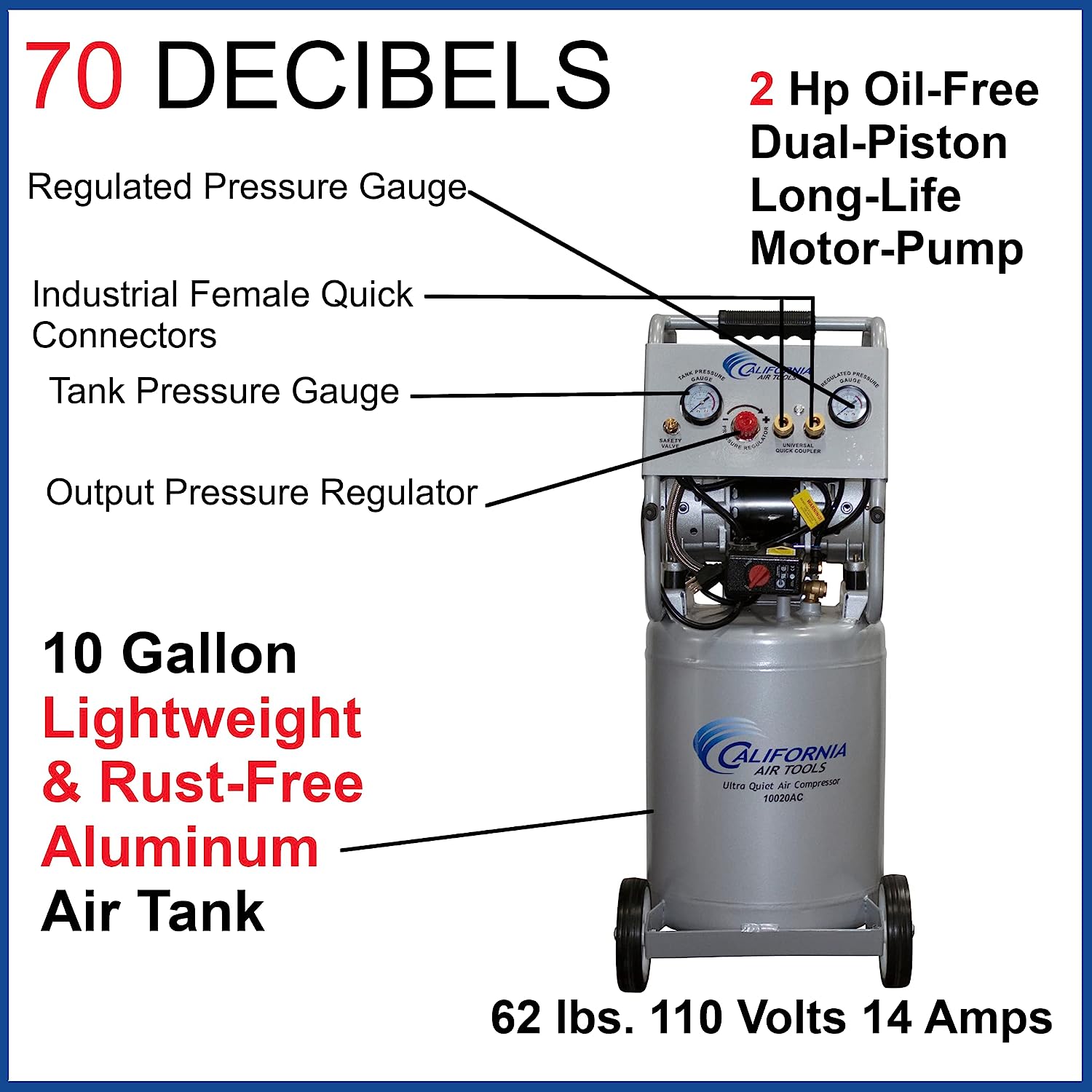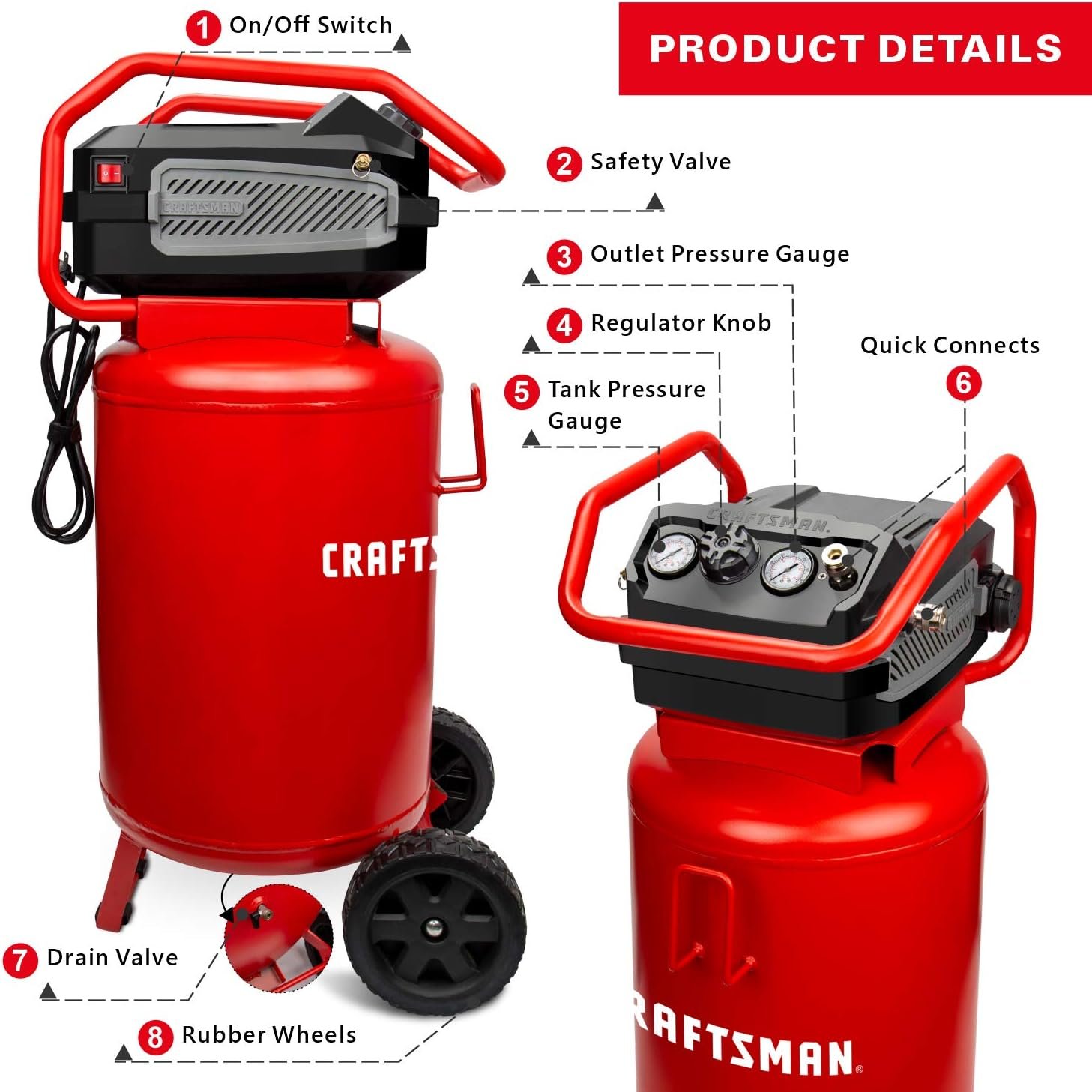So you’re in the market for an air compressor, but you’re not quite sure which type is right for you. Well, look no further! In this article, we’ll be exploring the differences of centrifugal air compressors and why they might be the perfect fit for your needs. Whether you’re in need of a high-capacity compressor for industrial purposes or a reliable option for your home workshop, understanding the unique features and benefits of centrifugal air compressors will help you make an informed decision. So let’s get started and dive into the world of centrifugal air compressors!
Definition of Centrifugal Air Compressors
Basic Definition
Centrifugal air compressors are a type of dynamic compressor that works by converting kinetic energy into potential energy, ultimately delivering high-pressure compressed air. Unlike other types of air compressors, such as reciprocating or rotary screw compressors, which use positive displacement to compress air, centrifugal compressors use a different mechanism altogether.
Whom is best suited for?
Centrifugal air compressors are best suited for applications that require a continuous supply of large volumes of compressed air at high pressure. They are commonly used in industries such as petrochemical, automotive manufacturing, oil refineries, and power generation, where a reliable and efficient source of compressed air is crucial for various processes and equipment.
Components and Structure of Centrifugal Air Compressors
Impeller
The impeller is a key component of a centrifugal air compressor. It consists of a series of blades mounted on a rotating shaft. As the impeller rotates at high speed, it draws in ambient air and accelerates it radially outward, imparting kinetic energy to the air.
Diffuser
The diffuser plays a critical role in a centrifugal air compressor by converting the high-speed, low-pressure air discharged by the impeller into high-pressure air. It achieves this by gradually expanding the airflow, thereby converting the kinetic energy into potential energy and increasing the pressure.
Shaft and Seals
The shaft of a centrifugal air compressor is responsible for transmitting the rotational energy from the motor to the impeller. It needs to be robust and precisely balanced to ensure smooth operation and minimize vibration. Seals are also crucial components that prevent air leakage and maintain the efficiency of the compressor.
Casing
The casing is the outer shell of a centrifugal air compressor that houses the impeller, diffuser, shaft, and other internal components. It provides structural support and helps maintain the alignment of the rotating parts. The casing also incorporates inlet and outlet ports for the airflow.
Working Principle of Centrifugal Compressors
Compression Process
The compression process in a centrifugal air compressor involves three main stages: the inlet, compression, and discharge stages. In the inlet stage, ambient air is drawn into the compressor through the inlet port and accelerated by the impeller. In the compression stage, the air is compressed as it passes through the diffuser. Finally, in the discharge stage, the compressed air is discharged through the outlet port at a high pressure.
Stage Development
Centrifugal air compressors can be designed with a single stage or multiple stages, depending on the desired pressure ratio. In a single-stage compressor, the entire compression process occurs in a single impeller-diffuser combination. Multi-stage compressors, on the other hand, have multiple impeller-diffuser stages arranged in series, allowing for higher overall pressure ratios.
Types of Centrifugal Air Compressors
Single-Stage Centrifugal Compressors
Single-stage centrifugal compressors are commonly used in applications that require moderate to high pressure ratios. They are more compact and cost-effective compared to multi-stage compressors but have limitations in achieving very high pressure ratios.
Multi-Stage Centrifugal Compressors
Multi-stage centrifugal compressors are designed for applications that require high pressure ratios. By dividing the compression process into multiple stages, each with its own impeller-diffuser combination, these compressors can achieve significantly higher overall pressure ratios. However, they tend to be larger and more expensive than single-stage compressors.
Comparing Centrifugal Air Compressors with Positive Displacement Compressors
Function and Application
Centrifugal air compressors and positive displacement compressors differ in terms of their function and application. Positive displacement compressors operate by trapping air in a confined space and mechanically reducing its volume to increase pressure. They are best suited for applications that require intermittent use and varying pressure demands. Centrifugal compressors, on the other hand, are better suited for continuous high-volume applications with a consistent demand for compressed air.
Efficiency
Centrifugal compressors are generally more efficient than positive displacement compressors, especially in applications where high volumes of compressed air are required. Due to their dynamic compression process, centrifugal compressors can achieve higher flow rates with less power consumption. However, positive displacement compressors may have better efficiency in certain low-pressure or low-flow applications.
Maintenance
Centrifugal compressors generally require less maintenance compared to positive displacement compressors. Positive displacement compressors have more moving parts, such as pistons or rotors, that require regular lubrication and inspection. In contrast, centrifugal compressors have fewer moving parts and do not require as frequent maintenance. However, both types of compressors still require regular checks, such as monitoring operating conditions, replacing filters, and inspecting seals.
Advantages of Centrifugal Compressors
Energy Efficiency
Centrifugal compressors are known for their energy efficiency, particularly in high-volume applications. Their dynamic compression process allows for higher flow rates with lower power consumption, resulting in cost savings and reduced environmental impact.
Continuous Supply of Air
Centrifugal compressors can provide a continuous supply of compressed air, making them ideal for applications that require a constant flow of air without interruptions. This is particularly important in industries where downtime can be costly, such as manufacturing or power generation.
Low Maintenance Requirement
Compared to other types of compressors, centrifugal compressors have relatively low maintenance requirements. With fewer moving parts and simple design, they are less prone to breakdowns and require less frequent maintenance. This can save time and resources for businesses that rely on compressed air for their operations.
Limitations of Centrifugal Compressors
High Initial Costs
One of the main limitations of centrifugal compressors is their high initial costs. Compared to positive displacement compressors, centrifugal compressors are typically more expensive to purchase and install. However, their energy efficiency and low maintenance requirements can offset these upfront costs over the long term.
Not Efficient at Low Speeds
Centrifugal compressors are not efficient at low speeds and may struggle to maintain their performance in applications that require operation at lower flow rates. In such cases, positive displacement compressors may be a more suitable choice.
Not Suitable for High Pressure Applications
While centrifugal compressors can achieve high pressures, they may not be suitable for extremely high-pressure applications. In these cases, specialized compressors, such as reciprocating compressors, may be more appropriate.
Understanding the Efficiency of Centrifugal Compressors
Effects of Compressor Size on Efficiency
The size of a centrifugal compressor can significantly impact its efficiency. Generally, larger compressors tend to be more efficient than smaller ones, as they can handle higher flow rates and pressure ratios more effectively. Additionally, larger compressors often have better cooling capabilities, reducing the risk of overheating and improving overall efficiency.
Effects of Operating Conditions on Efficiency
The operating conditions, such as inlet air temperature and pressure, can greatly influence the efficiency of a centrifugal compressor. Higher ambient temperatures and lower inlet pressures can reduce the compressor’s effectiveness, resulting in decreased efficiency. Proper monitoring and adjustment of operating conditions can help maintain optimal efficiency.
The Role of Automation in Centrifugal Compressors
Benefits of Automation
Automation plays a crucial role in optimizing the performance and efficiency of centrifugal compressors. By automating various processes, such as control of inlet air flow, discharge pressure, and speed modulation, operators can achieve better control and regulation of the compressor’s operation. This leads to improved efficiency, reduced energy consumption, and enhanced overall system performance.
Ways to Automate Centrifugal Compressors
Various automation technologies can be implemented in centrifugal compressors to enhance their performance. These include variable frequency drives (VFDs) for precise control of motor speed, sophisticated control systems for monitoring and adjusting operating parameters, and remote monitoring and diagnostic capabilities for proactive maintenance and troubleshooting.
Maintenance Requirements for Centrifugal Compressors
Regular Checks
Regular checks are essential for maintaining the optimal performance of centrifugal compressors. These checks may include monitoring operating conditions, inspecting seals and bearings, checking for leaks, and maintaining proper lubrication. By conducting proactive maintenance, potential issues can be identified and addressed before they lead to costly breakdowns or performance degradation.
Spare Parts Replacement
Over time, certain components of centrifugal compressors may wear out and require replacement. This may include seals, bearings, impellers, or other critical parts. It is important to have a well-planned spare parts replacement strategy to ensure minimal downtime and optimal performance of the compressor.
Dealing with Unexpected Breakdowns
Despite regular maintenance, unexpected breakdowns can still occur in centrifugal compressors. When faced with a sudden failure, it is essential to have contingency plans in place, such as backup compressors or alternative sources of compressed air. Additionally, having a reliable service provider who can respond promptly to emergency situations can minimize downtime and mitigate the impact of unexpected breakdowns.
In conclusion, centrifugal air compressors differ from other types of compressors in their working principle, structure, and application. They are particularly suitable for continuous high-pressure applications that require a reliable and efficient source of compressed air. While they have advantages and limitations, understanding their efficiency, the role of automation, and maintenance requirements can help maximize their performance and ensure their long-term reliability.
Joey has over 15 years of experience in the air compressor industry. As a senior test manager at Pneumatic Performance Labs, he oversees all testing and evaluation of air compressors. Known for his technical expertise and leadership, Joey has built a strong team of engineers who provide trusted third-party testing capabilities to air compressor companies nationwide.









